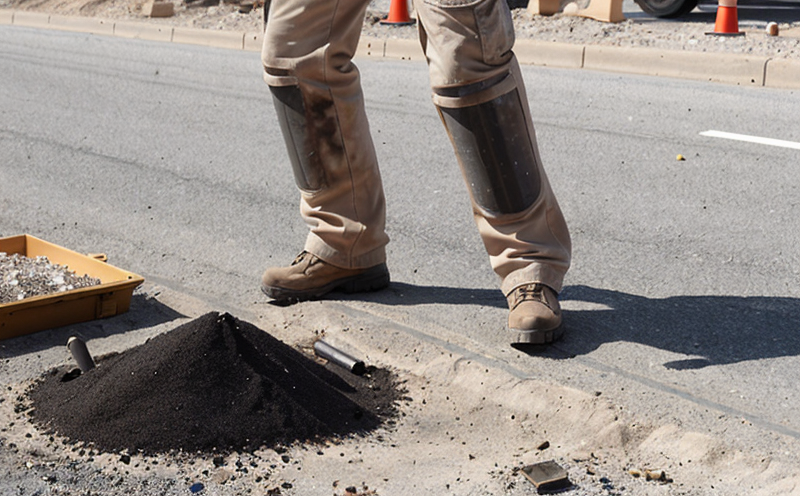EN 13631 Part 3 Determination of Detonation Velocity
The EN 13631 series standard is a comprehensive set of guidelines for the testing and evaluation of blasting materials used in mining, construction, and demolition industries. This particular part, EN 13631-3, focuses on the determination of detonation velocity, an essential parameter that impacts explosive performance and safety.
Detonation velocity is defined as the speed at which a detonation wave propagates through an explosive material under specific conditions. This value is critical for ensuring that blasting materials perform as intended without causing unintended damage or hazards to workers and equipment. The test method described in EN 13631-3 aims to provide consistent, reliable measurements of detonation velocity across various blasting materials.
The standard specifies the procedure for conducting tests using a detonation tube, which is a precisely manufactured metal pipe that serves as a controlled environment for initiating and measuring the propagation of the detonation wave. The test involves placing a sample of the explosive in one end of the tube and igniting it at the other end. The time taken for the detonation front to travel through the entire length of the tube is measured, which allows for the calculation of the detonation velocity.
The methodology outlined in EN 13631-3 ensures that all tests are conducted under standardized conditions, thereby providing accurate and comparable results. This standardization is crucial not only for quality control within manufacturing processes but also for ensuring compliance with safety regulations across different jurisdictions.
The test setup requires careful calibration of the detonation tube, precise measurement instruments, and adherence to specific procedures to minimize variability in results. The precision of these measurements can significantly impact the reliability of the data used for decision-making processes related to blasting operations.
Understanding the detonation velocity is also important from a safety perspective. Higher detonation velocities can lead to more powerful but potentially more dangerous blasts, necessitating stricter control measures and operational procedures. Conversely, lower velocities may reduce effectiveness in achieving desired blast impacts on rock formations or structures.
| Sample Preparation | Test Setup | Data Collection |
|---|---|---|
| Trim samples to ensure uniformity and consistency. | Ensure the detonation tube is correctly calibrated and aligned. | Record time intervals accurately with high-resolution chronometers. |
The importance of accurate measurement cannot be overstated. Small variations in sample preparation or environmental factors could lead to significant discrepancies in the calculated detonation velocities, potentially leading to incorrect interpretations and decisions.
Industry Applications
The determination of detonation velocity is particularly crucial for mining operations where controlled explosions are used to extract valuable minerals from deep within the Earth. Understanding this parameter helps in optimizing blast designs to achieve maximum efficiency while minimizing environmental impacts.
In construction projects, accurate knowledge of detonation velocities aids in selecting appropriate explosives that can effectively break through tough materials like concrete or rock without causing excessive collateral damage. This precision is vital for ensuring project timelines and costs remain within budgetary constraints.
The standard also plays a role in the development of new generations of blasting materials aimed at improving both performance characteristics and safety profiles. By providing consistent data points, EN 13631-3 facilitates innovation by enabling researchers to compare their findings against established benchmarks.
International Acceptance and Recognition
The widespread adoption of international standards like EN 13631 ensures that tests conducted under these guidelines are universally recognized. This recognition fosters trust among stakeholders involved in the supply chain, from manufacturers to end users.
Compliance with such standards is often a prerequisite for regulatory approvals and certifications necessary for market access. It demonstrates a commitment to maintaining high-quality standards which can enhance brand reputation and competitive advantage.
The international nature of these standards also promotes collaboration between countries and companies operating globally, facilitating smoother transactions and partnerships by aligning technical specifications across borders.





